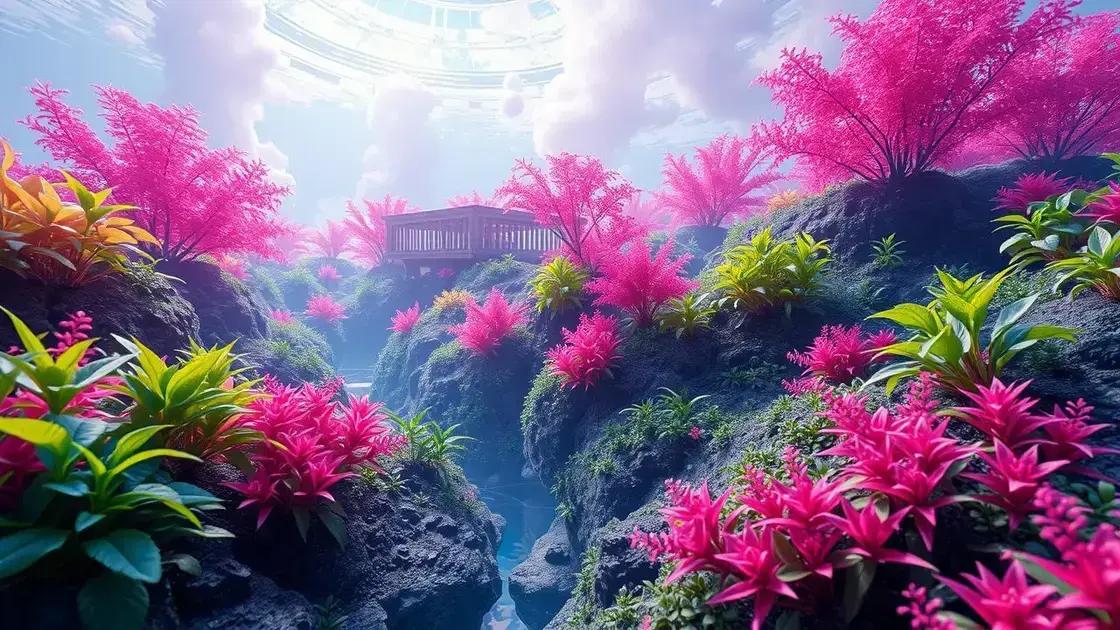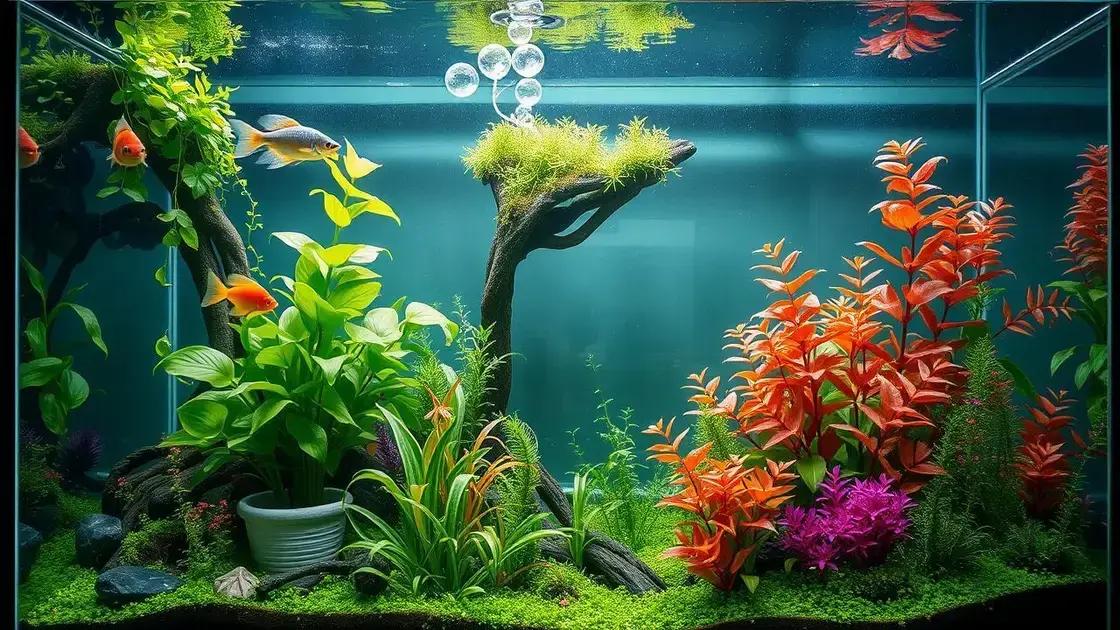How to Care for Fish Tank Plants: 5 Essential Tips for Beginners
How to care for fish tank plants is a question many aquarium enthusiasts find themselves asking. Providing the right environment is crucial for thriving aquatic plants. From understanding the essentials of soil to managing sunlight exposure and scheduling watering, every detail matters in creating a flourishing underwater garden. Let’s dive into some fundamental strategies to keep your fish tank plants healthy and vibrant.
Table of Contents
ToggleEssential watering schedules for fish tank plants
How to care for fish tank plants effectively begins with establishing an essential watering schedule. Proper watering is crucial for maintaining healthy aquatic plants, ensuring they thrive in the aquarium environment. It is important to assess the needs of different species and adjust your watering frequency accordingly.
Understanding water requirements
- Different fish tank plants have varying needs; some prefer consistently moist soil, while others thrive in dryer conditions.
- Consider the type of plants you have; rooted plants may need more water in the substrate than floating varieties.
Creating a watering schedule
- Check the moisture level in the substrate every few days.
- Water plants as needed, usually once a week or more for thirsty species.
- Adjust frequency based on your observations of plant health and growth.
Identifying signs of underwatering or overwatering
- Underwatering: Wilted or dried leaves can indicate a lack of moisture.
- Overwatering: Yellowing leaves and algae growth may signal too much water in the tank.
Factors affecting watering schedules
| Factor | Effect |
|---|---|
| Temperature | Warmer water evaporates faster, increasing the need for more frequent watering. |
| Light exposure | Enhanced light may lead to increased plant growth, requiring adjustments to watering. |
| Plant type | Differing species will have unique watering needs; research specifics for optimal care. |
By establishing a reliable watering schedule tailored to your tank’s specific requirements, you can ensure your aquarium plants remain vibrant and healthy. If you’re interested in related gardening techniques, consider exploring indoor gardening techniques for further insights.
Soil and substrate requirements for lush aquatic growth

Soil and substrate requirements for lush aquatic growth play a vital role in the health of your fish tank plants. Choosing the right mix will not only support plant development but will also enhance the overall aesthetic of your aquarium. Understanding the differences in soil types and their respective benefits is essential for aquatic gardening success.
Understanding substrate components
- Gravel: Ideal for root development, providing stability to the plants.
- Sand: Suitable for smaller-rooted species but may compact over time.
- Soil: Nutrient-rich options enhance plant growth. Look for specially formulated aquarium soil.
Choosing the right substrate
- Assess the type of fish tank plants you have.
- Consider the specific needs based on plant species, such as root depth and nutrient absorption.
- Combine different components if necessary for optimal growth potential.
Benefits of quality soil and substrate
| Type | Benefit |
|---|---|
| Nutrient-rich soil | Provides essential nutrients directly to plant roots. |
| Clay-based substrates | Offers excellent nutrient retention while allowing water flow. |
| Natural plant substrates | Creates a more natural habitat for both plants and fish. |
When setting up your aquarium, always consider the specific needs of your aquatic plants. Proper soil and substrate selection will lead to lush, healthy growth, positively impacting the entire ecosystem of your fish tank. For more insights on cultivating plant life, consider exploring indoor gardening techniques.
Sunlight exposure and fertilization tips for aquarium greenery
Sunlight exposure and fertilization tips for aquarium greenery are key components in maintaining a vibrant aquatic environment. Proper light and nutrients directly impact the health and growth of your fish tank plants. Understanding their requirements will help you create an ideal habitat for lush greenery.
Determining light needs for aquatic plants
- Different plants have varying light requirements; some thrive in low light, while others need bright light.
- Monitor light duration; providing 10-12 hours of light per day is often recommended.
- Use a timer to keep a consistent light schedule, mimicking natural conditions.
Types of lighting for your aquarium
- LED lights: Energy-efficient and long-lasting options that come in various spectrums.
- Fluorescent lights: Cost-effective and suitable for low to moderate light plants.
- High-intensity discharge (HID) lights: Best for high-light-demanding plants, though more expensive.
Fertilization best practices
| Fertilizer Type | Usage |
|---|---|
| Liquid fertilizers | Ideal for fast absorption. Use bi-weekly or as per plant needs. |
| Root tabs | Place at the base of plants for slow nutrient release. |
| Granular fertilizers | Mix into substrate during setup or as needed for sustained nutrition. |
Ensuring the right sunlight exposure and regular fertilization will significantly enhance the greenery in your aquarium. Always adjust based on the specific needs of your plants to achieve optimal growth. For more tips on plant life, consider exploring indoor gardening techniques.
In conclusion
Caring for fish tank plants requires a comprehensive understanding of various factors, including watering schedules, soil requirements, sunlight exposure, and fertilization strategies. By implementing the practices discussed in this guide, you can cultivate a thriving aquatic garden that enhances the beauty of your aquarium and promotes the health of your fish. Remember, adapting your approach based on the specific needs of your plants will yield the best results. For additional tips on enhancing your indoor garden, explore resources that focus on sustainable gardening practices.

